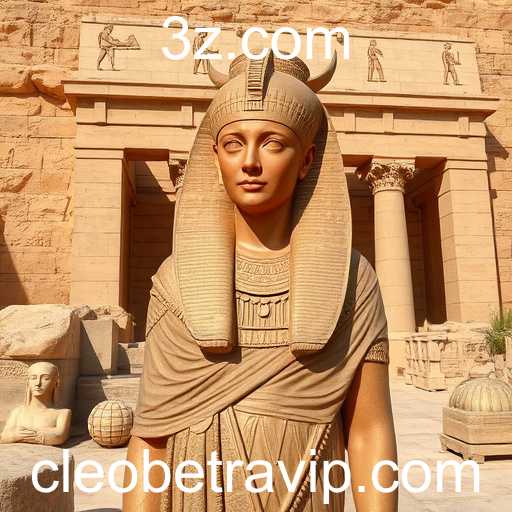Delve into the captivating world of Cleopatra's ancient legacy by exploring archaeological sites linked to her life and times. Uncover the stories, artifacts, and cultural significance of these historic locations.
The enigmatic figure of Cleopatra VII, the last active ruler of the Ptolemaic Kingdom of Egypt, continues to fascinate historians and archaeologists alike. Her dramatic life and enduring legacy are enshrined in numerous archaeological sites that attract adventurers and scholars from around the world. This article takes you on a journey through some of the most significant archaeological sites associated with Cleopatra, shedding light on their historical and cultural importance.
One of the most renowned sites is the ancient city of Alexandria, founded by Alexander the Great and famously developed by the Ptolemies. Alexandria was Cleopatra's capital and served as a vibrant center of knowledge and culture, epitomized by the legendary Library of Alexandria. While much of ancient Alexandria lies beneath modern development or submerged underwater, ongoing underwater excavations have brought new discoveries to light, including royal quarters and artifacts that echo Cleopatra's influence.
Another site of significance is Taposiris Magna, located on Egypt's northern coast near Alexandria. Archaeologists have been intensely excavating this temple complex, hypothesizing that it may be the final resting place of Cleopatra and Mark Antony. The site is rich with finds, including stunning statues and tombs, rekindling excitement and intrigue about what lies beneath its soil.
Further south, the temple complex of Deir el-Medina offers insights into the lives of ordinary Egyptians during Cleopatra's era. The site's well-preserved ruins provide a glimpse into the socio-economic conditions of artisans and workers who were commissioned by the royal court for various projects, potentially offering context to Cleopatra's monumental construction endeavors.
In addition, the Temple of Dendera is another essential landmark, where Cleopatra's cartouches and depictions have been found. The temple's murals illustrate Cleopatra alongside her son by Julius Caesar, Caesarion, suggesting the lengths she went to secure her dynasty's future and maintain her political power.
These archaeological sites not only uncover the mysteries of Cleopatra's reign but also deepen our understanding of the ancient world she navigated. Each site holds stories that have been silent for millennia, whispering secrets of a powerful queen whose life was a tapestry of love, ambition, and political acumen. As archaeological advancements continue, these sites promise to reveal even more about Cleopatra, continually fueling the imagination and curiosity of generations to come.




